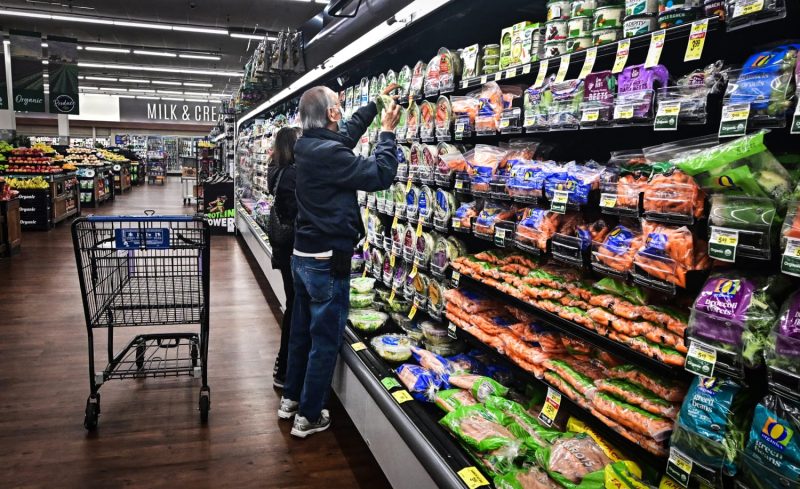Why Groceries Are So Expensive and How Consumers May Start to See Relief
The Cost of Production
One key reason for the high prices of groceries is the cost of production. From planting and harvesting crops to processing and packaging, there are numerous expenses involved in bringing food products to the market. Factors such as labor costs, fuel prices, and equipment maintenance contribute to the overall production costs. Additionally, unpredictable weather patterns and natural disasters can disrupt supply chains and lead to shortages, further driving up prices.
Supply Chain Disruptions
In recent years, supply chain disruptions have become more frequent, causing shortages and price fluctuations in the grocery industry. Events such as the COVID-19 pandemic and extreme weather conditions have exposed vulnerabilities in the global supply chain. When transportation and logistics are interrupted, the cost of moving goods increases, leading to higher prices for consumers. To mitigate the impact of supply chain disruptions, companies are exploring alternative sourcing options and investing in technologies that improve efficiency and resilience.
Market Competition
Competition among retailers also plays a significant role in the pricing of groceries. Large supermarket chains often leverage their buying power to negotiate lower prices from suppliers, allowing them to offer competitive prices to consumers. However, this intense competition can also lead to price wars, where retailers lower prices to attract customers, putting pressure on profit margins. As a result, some retailers may look for ways to cut costs, such as reducing product quality or quantity, which can impact the overall value for consumers.
Consumer Demand and Preferences
Consumer demand and preferences can drive up the prices of certain groceries. Trends such as organic and specialty foods have gained popularity in recent years, leading to higher prices due to the limited supply and production costs associated with these products. Additionally, changing consumer preferences, such as the shift towards plant-based diets, can impact the prices of meat and dairy products. As consumer awareness of sustainability and ethical sourcing grows, companies may incur additional costs to meet these demands, which can be reflected in the price of groceries.
Government Policies and Regulations
Government policies and regulations also influence the prices of groceries. Factors such as import tariffs, subsidies, and food safety standards can impact production costs and pricing strategies in the food industry. For example, tariffs on imported goods may increase the cost of certain products, while subsidies for domestic agriculture can lower production costs for farmers. Food safety regulations can also lead to higher compliance costs for producers, which may be passed on to consumers through higher prices.
Potential Solutions for Consumers
While the cost of groceries continues to rise, there are several strategies that consumers can adopt to save money and make more informed purchasing decisions. Shopping for seasonal produce, comparing prices between different retailers, and buying in bulk can help consumers save on grocery expenses. Additionally, using coupons, loyalty programs, and cashback offers can provide discounts and rewards on regular purchases. By planning meals in advance, minimizing food waste, and exploring alternative sources of groceries such as farmer’s markets and community-supported agriculture (CSA) programs, consumers can also support local producers and reduce their overall food costs. Ultimately, by staying informed about market trends and being mindful of their purchasing habits, consumers can navigate the challenges of high grocery prices and find ways to save money while enjoying quality and nutritious food.



























